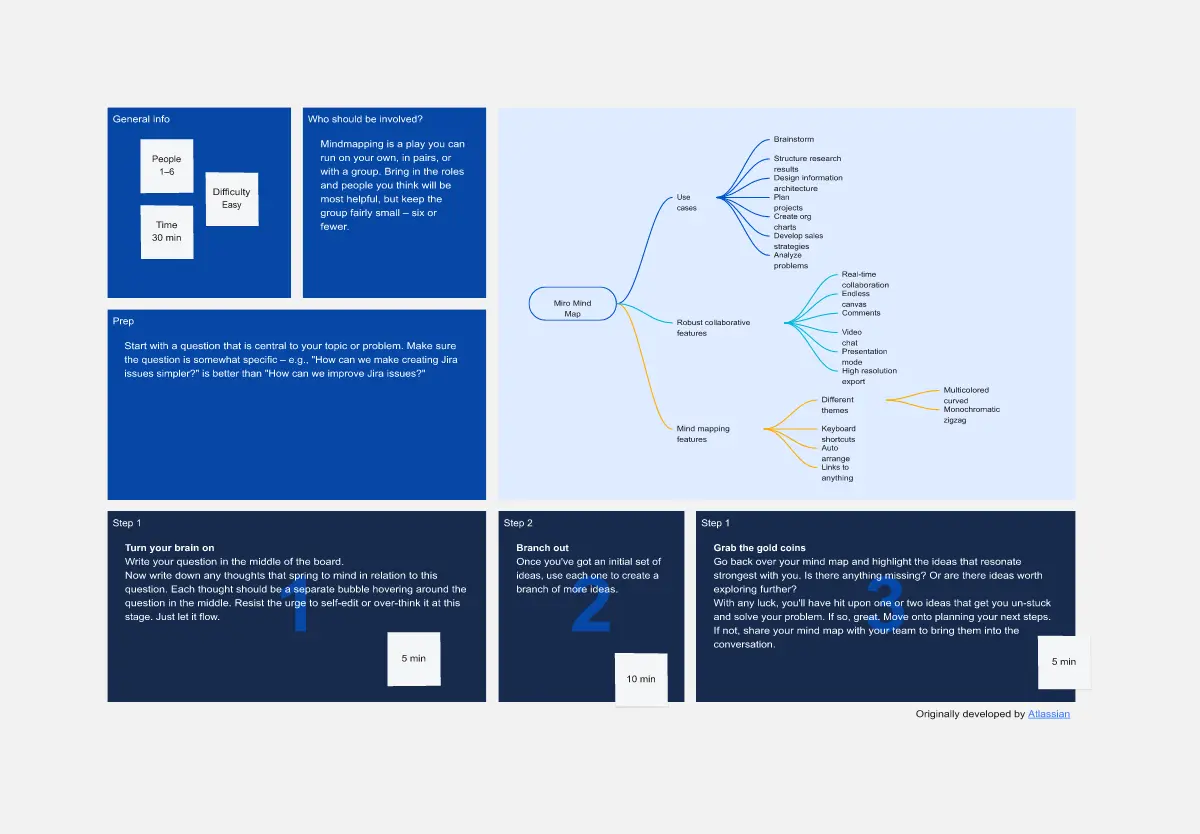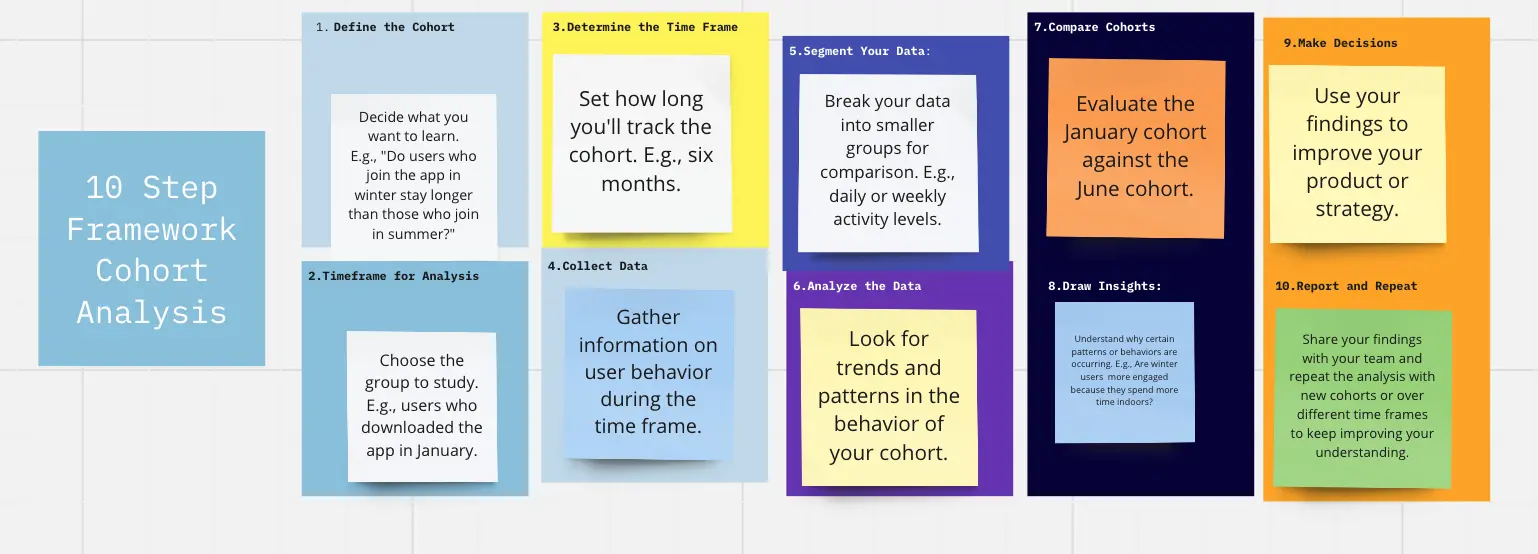How to Create Product Roadmap
Blueprint to Success: Mastering Product Roadmap
This framework guides product managers through the systematic process of creating an effective and adaptable product roadmap, ensuring alignment with business goals and market dynamics.
Creating a product roadmap as a product manager involves several key steps. Here's a general guide to help you through the process:
Understand Your Product Vision and Strategy:
Define the long-term vision of your product. What are you aiming to achieve in the next few years?
Align your product strategy with the overall business strategy. Understand how your product contributes to the broader goals of the company.
Gather and Prioritize Inputs:
Collect insights from various sources like market research, customer feedback, competitive analysis, and internal stakeholders.
Prioritize these inputs based on factors like customer value, business impact, feasibility, and alignment with your product vision.
Define Goals and Objectives:
Set clear, measurable goals for your product. These could be related to revenue, market share, customer satisfaction, etc.
Break down these goals into smaller, achievable objectives.
Create a Timeline:
Develop a timeline that maps out when different features or initiatives will be tackled. This includes short-term, medium-term, and long-term plans.
Ensure that this timeline is realistic and allows for flexibility.
Detail Features and Initiatives:
List the features, enhancements, and initiatives that will help you achieve your objectives.
For each feature or initiative, include a brief description, the expected impact, and any dependencies.
Allocate Resources:
Determine what resources (team members, budget, technology, etc.) are needed for each initiative.
Plan for resource allocation keeping in mind the capacity of your team and budget constraints.
Communicate with Stakeholders:
Share the roadmap with internal stakeholders (teams, executives) to get buy-in and ensure alignment.
Regularly update stakeholders on progress and any changes to the roadmap.
Review and Adapt:
Regularly review the roadmap to assess progress towards goals.
Be prepared to adapt your roadmap based on new insights, market changes, or internal shifts.
Use Tools and Software:
Consider using product management tools or software to create and track your roadmap. Tools like Aha!, ProductPlan, or Roadmunk can be useful.
Focus on Value Delivery:
Always keep the focus on delivering value to customers and the business.
Be open to feedback and iterate on your product based on real-world usage and changing needs.
Categories
Similar templates





